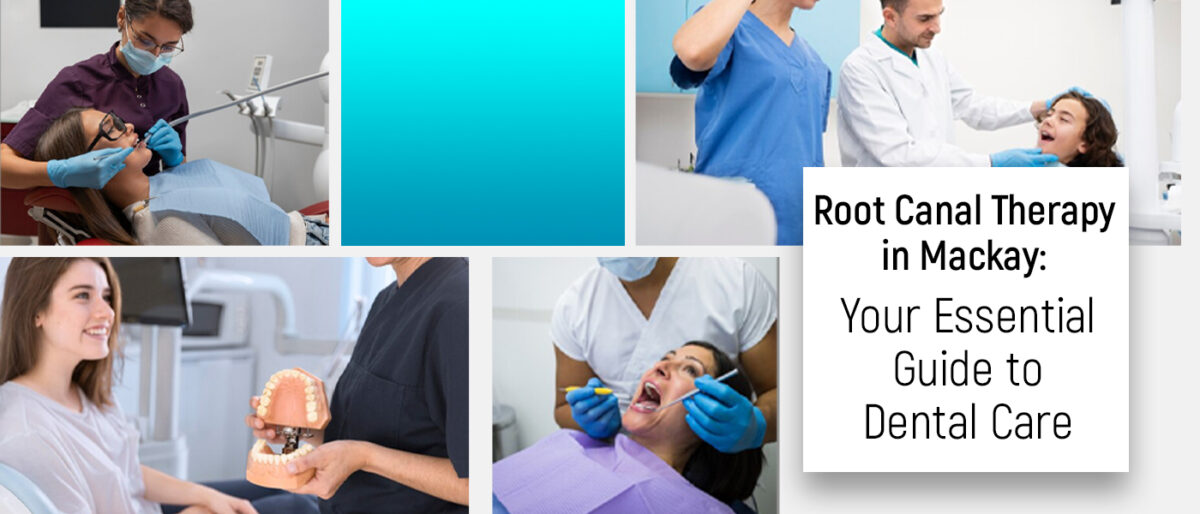On a daily basis, we consume a variety of food with different properties. The excessive amounts of sugar and chemicals found in our food adversely affects our teeth. They undergo decay and damage or it can also get chipped, cracked or broken while consuming something really hard. This leaves a gap in our tooth and requires immediate medical attention.
All these common problems are easily treated and complete dental restoration is possible with the help of tooth fillings. Coloured tooth fillings also serve a secondary purpose as a cosmetic option to change the shape, size or colour of your teeth. But at what point is it absolutely necessary for you to get a tooth-filling?
Signs Suggesting That Tooth Filling is Necessary
Tooth fillings are a common procedure but before making a decision, you should know exactly what it is, why you need it and if it can be postponed. This is important for you to know because many times small cavities are prescribed a tooth filling procedure even though they do not cause any discomfort. Oftentimes, small cavities do not worsen over time and they remain the same.
That said, the best dentists in Mackay from Arch Dental go through a strict screening process to ensure that you truly need a tooth filling before prescribing anything. The steps are as follows:
- Determining Decay
With the help of a combination of visual assessment and x-ray, the severity of tooth decay is determined. This means checking for signs of cavities, discolouration or damage to the enamel.
- Assessing Damage
Checking for plaque build up and assessing the amount of decay will help dentists understand if the tooth needs filling or not.
- Associated Symptoms
Sensitivity in the tooth, presence of pain or toothache, progress of pain, etc. are checked to guide the direction of treatment.
If all of the signs are indicative of a progressing damaged tooth, then dentists will generally advise for a tooth filling procedure. The procedure can be delayed on the basis of severity of the damage but to a limit. Because delaying for too long will lead to further complications.
Health Risks for Avoiding Getting a Tooth Filling
Any kind of tooth damage needs to be addressed as soon as possible. However, sometimes doctors follow a conservative method to track progress of decay and avoid unnecessary tooth filling procedures. That said, once the procedure is advised by experts, it is prudent to go with it as soon as possible. This will prevent further complications in the future. Following are some of the major health risks associated with decaying teeth:
- The decay might spread to adjacent areas resulting in excruciating pain. It is a progressive condition that, if unattended, will keep damaging adjacent teeth.
- Hampers overall oral health causing difficulty in eating and later on getting infected. Infection from an untreated cavity may also result in the need for a root canal or possibly the loss of a tooth. Additionally, it may result in expensive tooth replacement treatments like dental implants.
Approaches To Tooth Filling: Conservative or Aggressive
There are multiple approaches to tooth decay. If you ever had to get a filling, you know that doctors may either recommend an immediate treatment or they may suggest monitoring the condition for some time. The former approach is known as the aggressive approach and the latter is the conservative approach. Let’s discuss each of them in detail.
The Aggressive Approach – Immediate Tooth Fillings required
This is the chosen path of action when the tooth damage is visibly large. Some dentists follow the prevention is better than cure method and attempt to arrest the damage as soon as possible. Although it protects your teeth from getting damaged further in the future, it can sometimes be too early.
In fact there are several disadvantages associated with this approach. These are:
- Sudden investments in terms of money and time which can sometimes be unnecessary
- In certain cases, healthy tooth are affected by the fillings, more than the decay itself
- Fillings are not a long-term solution as they need to be rep[laced from time to time
- Your dental insurance gets used up faster
The Conservative Approach – Being Safe and Careful
When it comes to tooth fillings, some dentists prefer a more conservative approach. Rather than rushing into costly treatments for small areas of decay, they take the time to monitor the situation, keeping a close watch on whether the decay progresses before recommending any action.
Personally, I believe in this conservative approach. Preventative care is key to maintaining healthy teeth, and not every small spot of decay needs immediate intervention. Many minor cases of decay remain stable and don’t impact your overall health, which is why I prefer to observe these areas during your regular checkups at Blyss. If I notice the decay worsening, only then do I suggest considering a filling.
This method not only helps preserve your natural teeth but also saves you money in the long run.
Of course, there are exceptions. For instance, if you’re planning to get pregnant or have young children, I might recommend addressing even small cavities sooner. This is because the bacteria responsible for decay can be transferred to your baby or toddler, potentially affecting their oral health.
If you’re concerned about the costs of fillings, I’m here to discuss my approach with you and explore any available financing options. Let’s work together to keep your smile healthy without unnecessary expenses.
Conclusion
You are right to be concerned about tooth filling procedures since it has so many aspects to be considered. First, you need to know when you should reach out for medical help. Regular checkups are the sure shot way of finding out early about cavities and damage. However not all cavities are concerning, only the ones that are growing and spreading the damage. So, be careful and look out for signs of sensitivity and pain. Additionally, opt for the conservative method as it gives you a better picture of your oral health. Lastly, and most importantly, choose your dental care professionals wisely. Always keep smiling!








